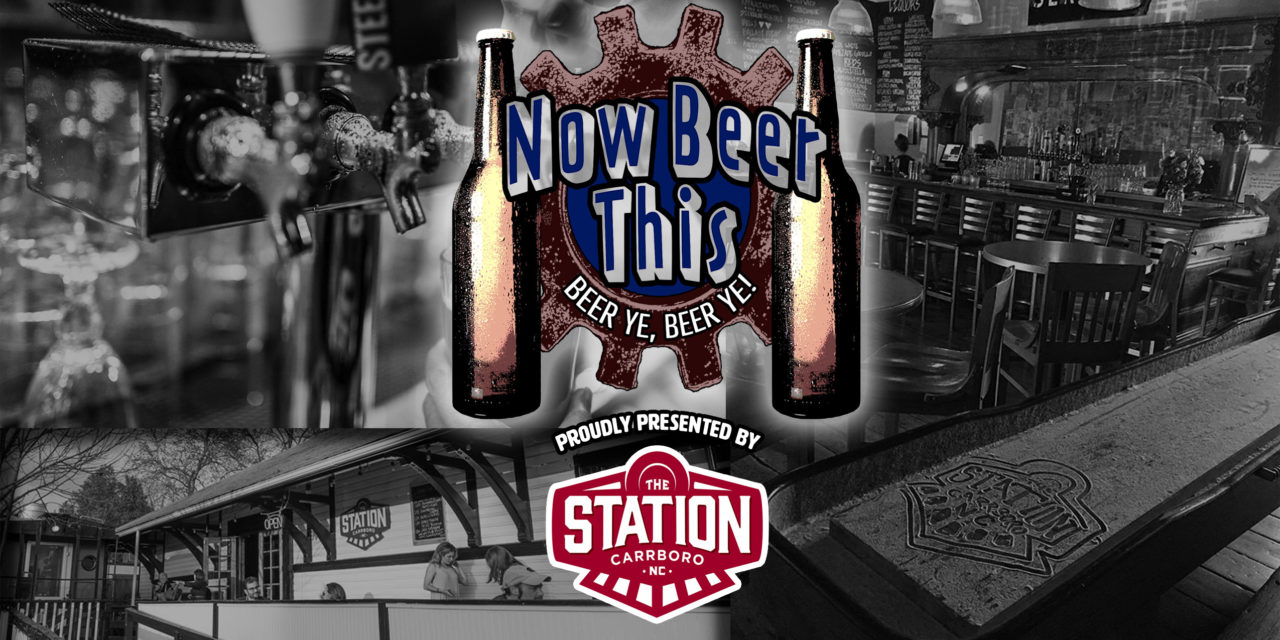Sweet, salty, sour, bitter, savory — or umami, if you’re a person well-versed in tastes — are the building blocks of how human tongues interpret flavor. Those five aspects combine to create larger impressions of what we put in our mouth, and for obvious reasons: side-by-side with our sense of smell, taste has historically informed us what is good to eat — and what isn’t.
Now, before I start cracking jokes about how people who purport to prefer IPAs are all kidding themselves, let’s talk more about taste. Not all species have the need for such a diverse palate — most felines, for example, have a conspicuous lack of sense for flavors classified as “sweet.” As a largely carnivorous class of animal, cats simply have less need to taste sweetness — a trait that’s shared with most birds, with the obvious exceptions of hummingbirds and tropical species whose diet heavily involves fruit. Omnivores, however, have need for a wide variety of taste receptors in order to appropriately seek out and respond to the food that makes up their diet.
The sense of taste is both motivator and warning, providing pleasure when things are eaten that fulfill our needs while also cautioning against potential harm. Have you ever heard the taste and smell of cyanide described as “bitter almonds?” That’s because the taste for “bitter” was most likely selected for through exposure to toxins!
There you have it, bitter tastes are linked to poison, IPAs are bitter, therefore IPAs are poison. Thank you for coming to my TED Talk.
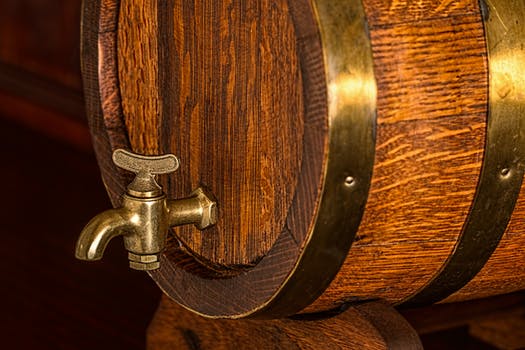 So, how did humans start drinking beer that tastes like poison? Because it had a far superior shelf life!
So, how did humans start drinking beer that tastes like poison? Because it had a far superior shelf life!
A relative of the cannabis plant, resin-y hops have a long history with beer. Originating as a special-occasion harvest brew often referred to as “barleywine,” what we know today as an India Pale Ale got its name from the East India Trading Company ships that began to carry light, bitter beer in the early 1800s — both because it traveled better, thanks to high levels of organic acids in the oils produced by processed hops, and helped to prevent cases of scurvy among sailors due to its slightly higher vitamin C content.
A lot of things from the Age of Sail didn’t quite translate to the modern era, but based on current brewery trends, the IPA is here to stay. So, the next time you’re lifting a glass of bitter fermented grain juice, think of the sailors and soldiers before you and order up a serving of hardtack to go with it.
Related Stories
‹
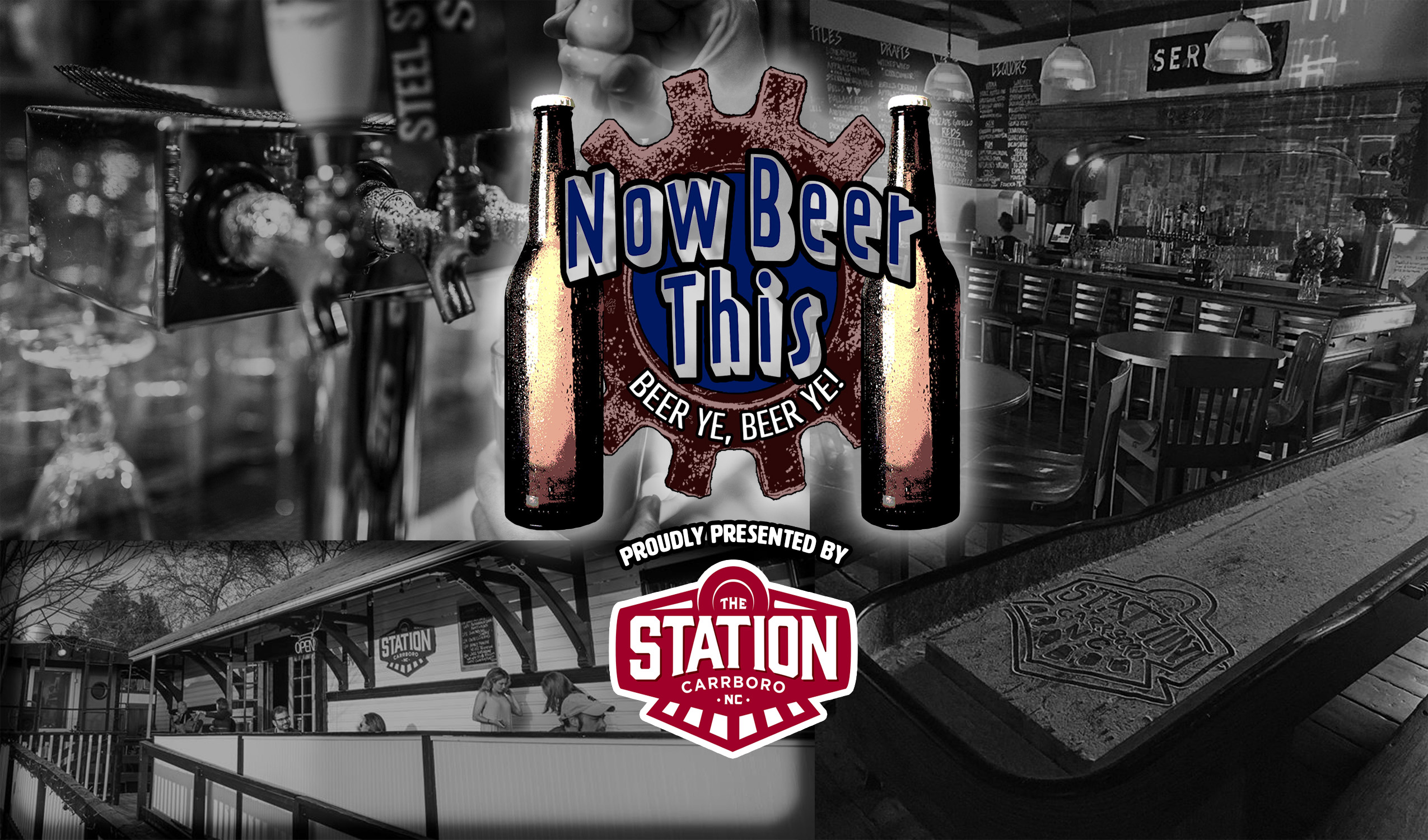
Now Beer This: Brewing 101Normally, I like to share with you my latest favorite brewery, an interesting beer style or beer/food pairing ideas. That’s tons of fun. But have you ever wondered what, exactly, makes beer? Well get your paddle, grab your notebook and grow yourself a beer-d (see what I did there?), because I’m going to walk you […]
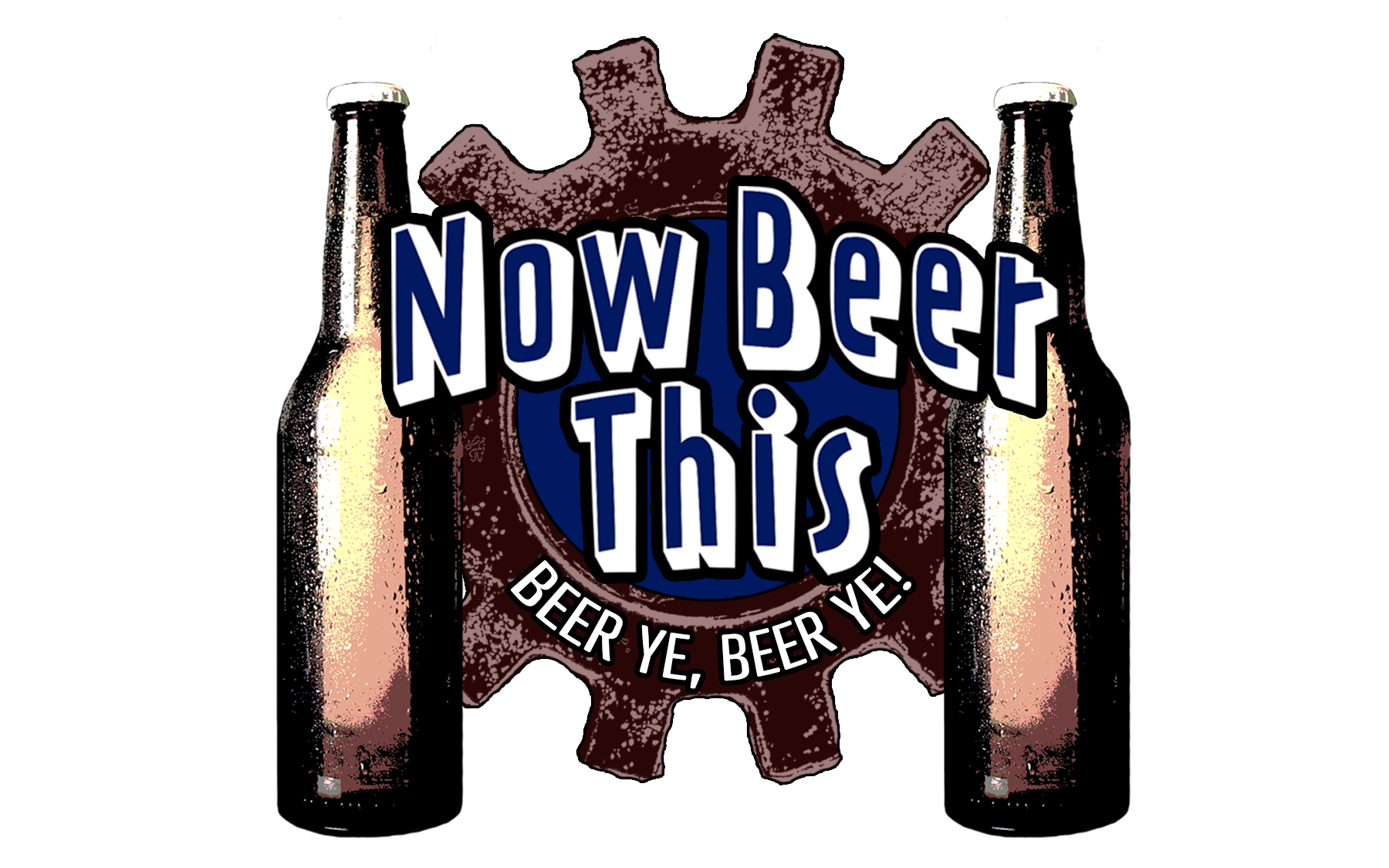
Now Beer This: Differentiating Between Ales and LagersWhat makes Ales “Ales” and Lagers “Lagers?” When people find out I’m a Professor of Beer-ology, I almost always get this question from them. It’s a great question, and I’m happy to answer it. I can give you a short answer, but the long answer is SOOOOOO much more informative, and helps you to understand […]

Now Beer This: A Wicked and Pernicious WeedThere’s a myth that one or more Kings of England referred to hops as “a wicked and pernicious weed,” which isn’t true, but it sounds really good and people who love hops — such as myself — enjoy sniggering at it. Beginning in the High Middle Ages in England, there was a distinction between ale […]
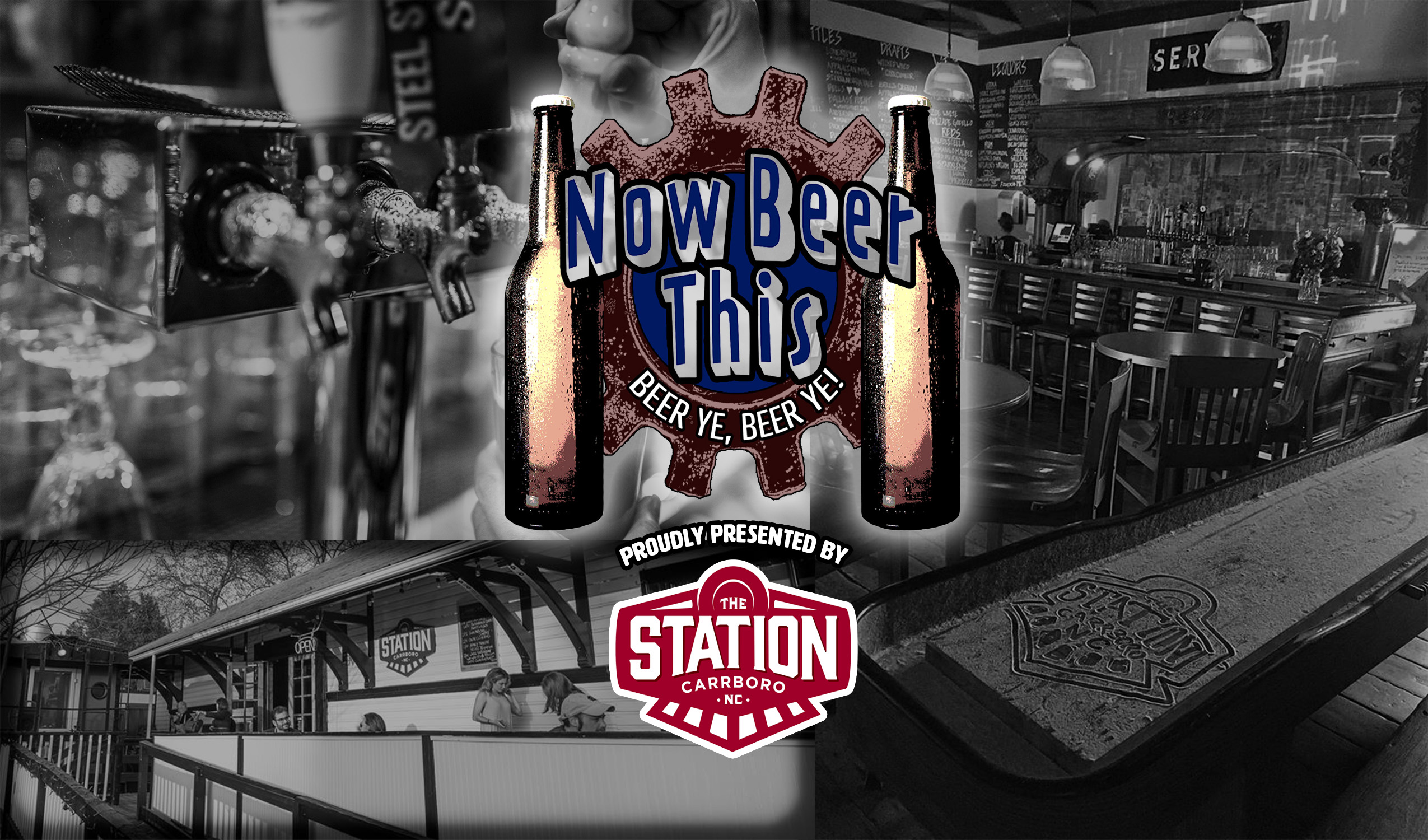
Now Beer This: What's With All The Beer?What’s with all of this beer now? You’ve seen it. You go down the aisles of your grocery store, you hit the beer aisle with its glowing refrigerated cases, seeking out your go-to beverage, and… “What the what!?!” Instead of 10 craft beer options hanging out in a corner down from the rows and rows of […]

Now Beer This: Beer Humbug! My Beer-Related Pet PeevesI get all crotchety during this time of year. All of the forced cheeriness and murdering of trees for decoration — “destroyers and usurpers!” as Treebeard would say. I normally write a lot about what I like about craft beer and the beer world, but today, Mr. E-beer-neezer Scrooge is going to let you know […]

Now Beer This: A Lesson in SessionsA Lesson in Sessions: Let’s Pick a Go-To Session IPA! If you’re not already familiar with the term “session” beer, then you should be. This moniker refers to beers — most often IPAs, because that’s the best beer style in the world — that have a lower ABV content (less than five percent) so you […]

Now Beer This: Beautiful BittersDon’t like IPAs? Let’s talk about it. Full disclosure: The India Pale Ale, in general, is my favorite beer style. I love the aroma and taste of hops, from spice, to grass, to dried wood, to pine, to fruit. I love the way the juice of the barley balances out, but just can’t quite keep […]

Now Beer This: Best Brewery Ever, as of Right NowBest brewery ever, this week, as of right now. What is it, you ask? What’s tingling my taste buds as of late? Well, taste is subjective, and transitory. What I’m stoked about right now my be totally different from what tickles my knickers next week. So don’t @ me about my opinion when I tell […]

Now Beer This: Drink Your Wheat-ies!Lots of beer you run into, particularly in the craft beer world, is going to have a grain bill exclusively consisting of malted barley. There are several beers, though, that incorporate other grains. Your favorite American Industrial Lagers use rice and corn, which don’t do much for flavor, but they get the job done (a […]
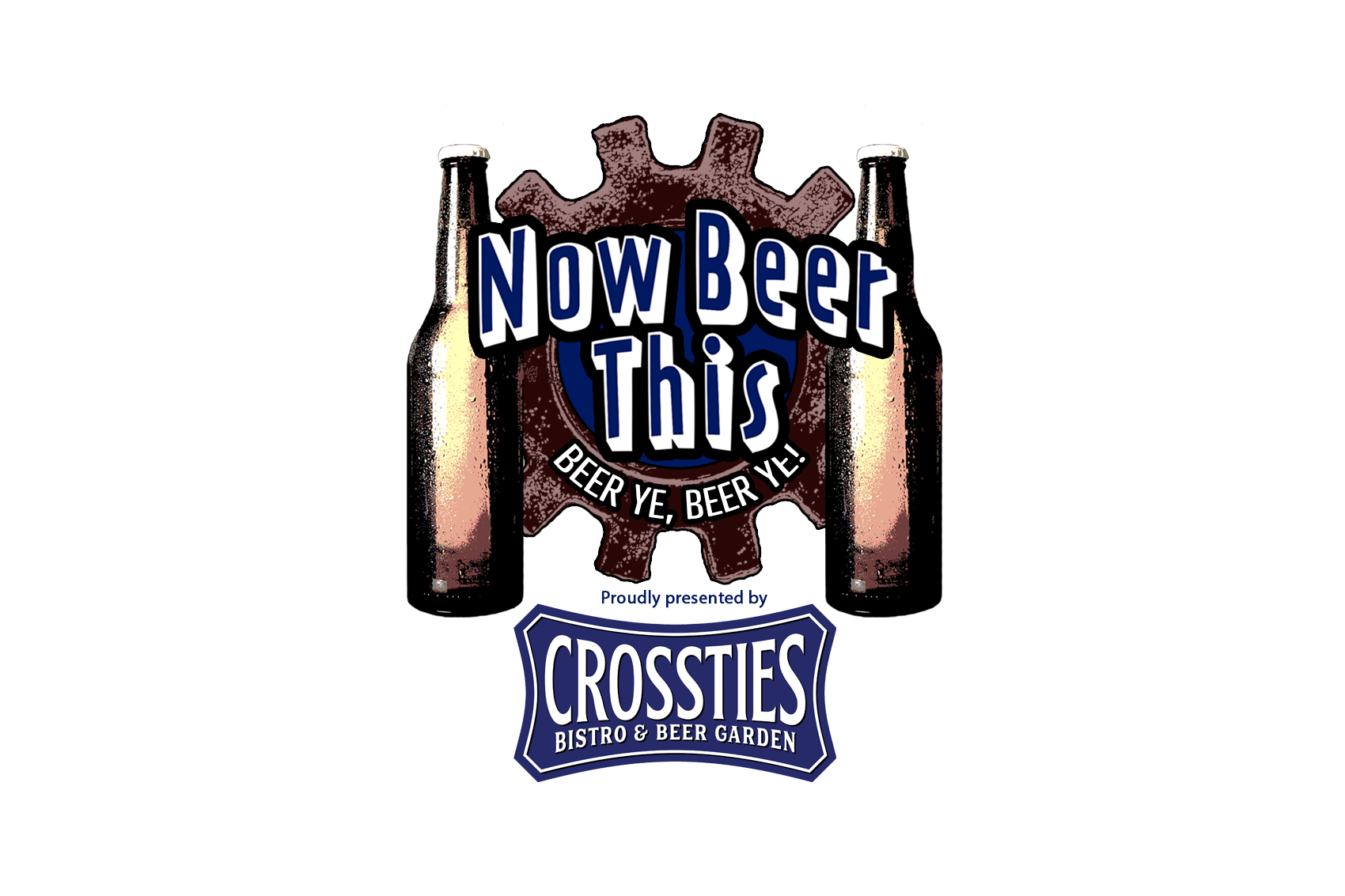
Now Beer This: CrossTies Beer GardenNot so long ago, using “drinking” as a verb conjured images of dark underground bars, late nights, and regrettable decisions. That may still be the case for some of you (us?), but drinking beer can — and should — be done in a different way. If you, like me, are looking to escape the […]
›
 So, how did humans start drinking beer that tastes like poison? Because it had a far superior shelf life!
So, how did humans start drinking beer that tastes like poison? Because it had a far superior shelf life!
